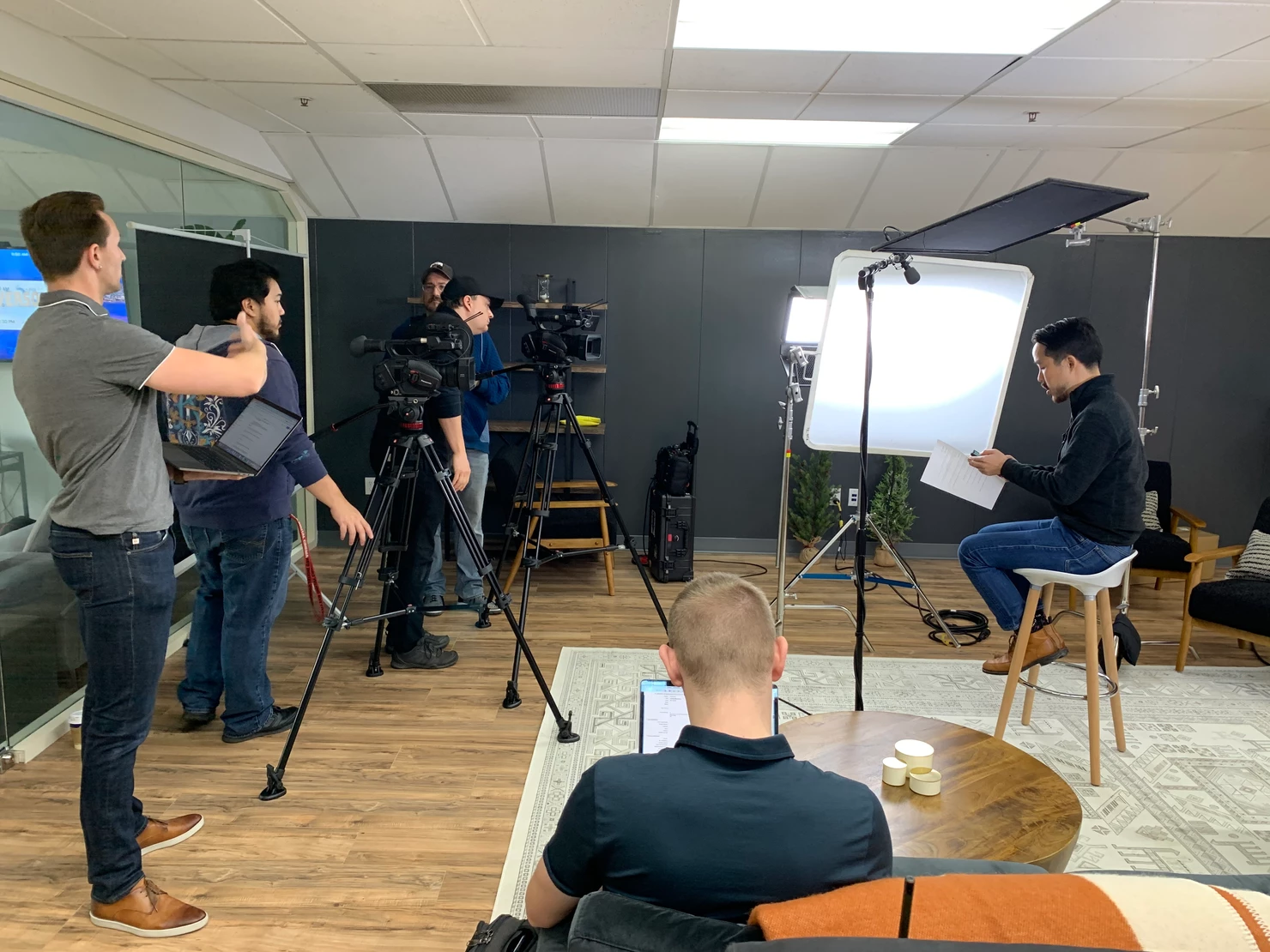In-house video production teams come and go with the economic tide.
During the 2010s, we saw the line between marketing agencies and video production companies fade a bit. Many agencies increased their in-house video capabilities instead of outsourcing per project. It made perfect sense. Economy was good. Projects were flowing in. And the overhead of hiring and retaining was preferable to the cost and inflexibility of contracting expensive firms.
This wasn’t just a trend with marketing agencies, but most large companies. Here in the San Francisco Bay Area, we’ve seen giants like Google, Sun, and Yahoo hire video teams when times are good, eliminate when things turned south, and then rebuild the departments once things picked up again. We saw this first hand when we were mainly operating as Transvideo Studios. With almost 70 employees embedded full-time at Google, we were essentially the video department at Google from 2007 to 2008. But of course, we know what happened in 2008. With the credit crisis came mass layoffs. Unfortunately for our industry, the video department seems to be one of the more elastic.
Getting back to marketing agencies, adding a video department wasn’t just about convenience. It was a way to scale up, increase service offerings, and better position the firm in the market. Of course, it meant that video production had to become a significant part of the business and not something that’s tacked on to a campaign proposal to sweeten the deal. It made more sense for agencies doing social campaigns that churn out small, bite-sized videos rather than huge productions like a TV spot.
Likewise, but at a much smaller frequency, video production companies added marketing as a service offering. As with agencies, this was a way to increase its competitive advantage, but it was a way for companies to be able to collect retainer fees, which is not as easy to do as a production company. Again, investing in a new service offering happens when the sails are full.
As with previous economic downturns, the crisis of 2020 will lead to many companies shedding overhead, which unfortunately means many in-house video production teams will be dissolved.
This also means agencies and companies will need to outsource more until the economy improves enough to rebuild their video departments. This may take a few months or most likely, a few years. Having worked successfully with agencies over the years, we think there are many benefits of outsourcing. Here are a few of them.
Easier to Scale
When you outsource, hiring only takes place when you have a project and it’ll be efficient and streamlined. The video production company will take care of the staffing and whatever resources you need for the specific project. A social video might only take an editor whereas an explainer video might take an entire crew. Your cost is scaled for the need.
Diversity of Work
If you have an in-house creative director or artist, all your videos will probably look very similar to each other. If you outsource, even if it’s the same company, there will be more variation between the videos.
Overhead
When outsourcing, you budget a project or issue a PO and that’s it. Yes, sometimes there are additional costs, but a good video production company won’t surprise you with them. To hire and retain full-time employees require considerable amount of time and money. It’s not just wages and benefits, but the time to train, manage and all the other incidentals as well. Again, when times are good, makes sense, but obviously not ideal when trying to run lean.
There are of course trade-offs to hiring versus outsourcing, but given the economic climate, it does make much more sense to outsource. One thing that’s certain is that both marketing agencies, companies and video productions will exist – partnering up during times of uncertainty makes everyone stronger.



